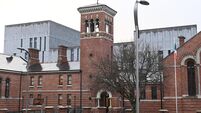NASA set for spacecraft’s up-close study of comet
The Deep Impact spacecraft will pass within 700km of comet Hartley 2 at a speed of 43,000km per hour on Thursday.
According to NASA, the comet will be travelling at a rate of 7.8 miles per second when the spacecraft makes its closest approach.














